
Museum of Post and Communications
Zahedan Museum of Post and Communications was established in 1387 SH. The building of this museum was inscribed in 1377 SH on the index of Iran National Heritages and it was the first post and telegraph office of Zahedan city dating back to 1311 SH. It was being still used as the post office of Zahedan until 1382 SH. The architecture of this building was appropriated with dry and desert region and the main construction materials in the building are adobe and brick. In addition to the main activity, which is the post office, the building started its work as the first radio station and the main radio of the southeast of Iran in Sistani and Baluchi languages.
In 1342 SH some radio programs were created for the countries of Afghanistan, Pakistan and India in both Urdu and Indian languages. The building has one floor in an approximately 500 square meters built-up area. The entrance of the building has been made of a high vault decorated in arabesque motifs. The museum includes four main parts named Ancient Post, Stamp, Post Equipment, and Communications. In the first part different button, stumpy and cylindrical seals discovered in Shahr-e Sukhte are kept and they are in fact the oldest materials of the museum. Seals are among the most important evidence of the perception of the administrative and commercial systems in a developed society and many of them have been unearthed from Shahr-e Sukhte and nearby areas that are made of metal, stone, bone and clay.
The research on these discovered seals indicates an advanced administrative and commercial system in this city during the bronze age. Interesting among other materials of the museum are various kinds of telephones, radios, post office’s equipment from past to the present, the sculpture and the maquette of the telegrapher, the maquette of post pigeon house in Mirjaveh and various kinds of stamps. There is lots of information on the history of stamp in Iran and the terms of philately in both Persian and English languages, next to the objects.
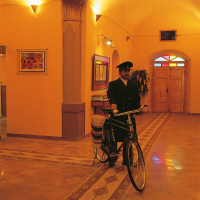
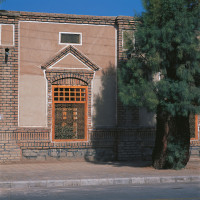
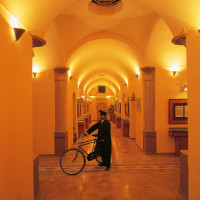
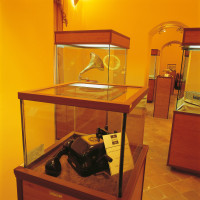
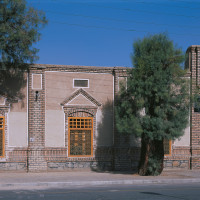
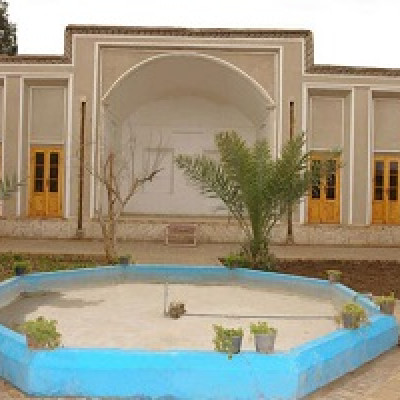
.jpg)
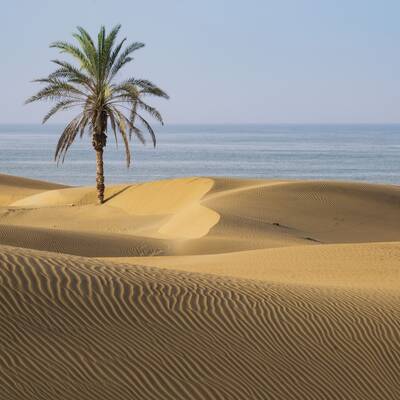
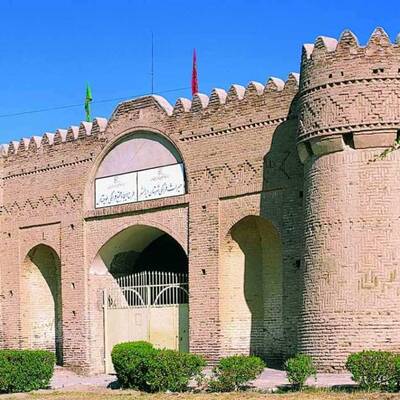
3456.jpg)